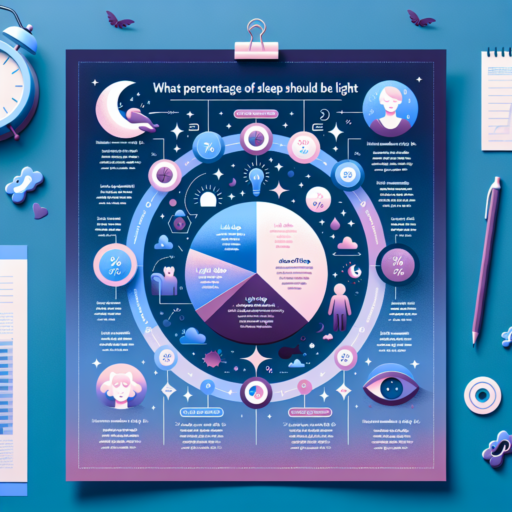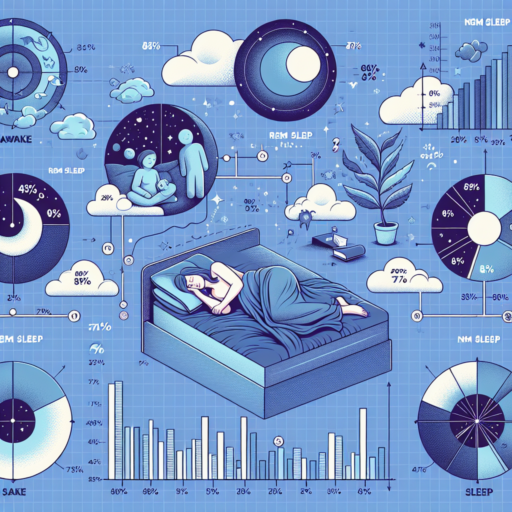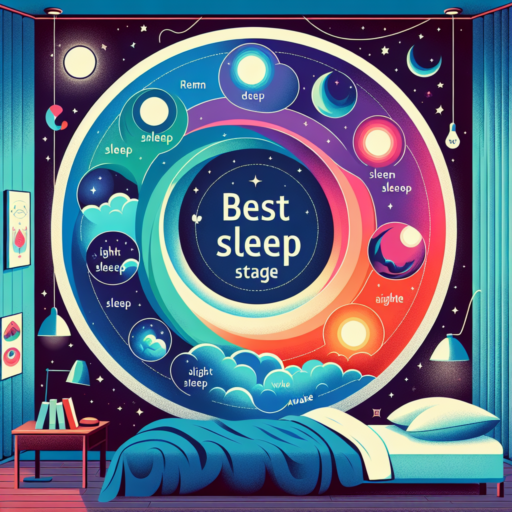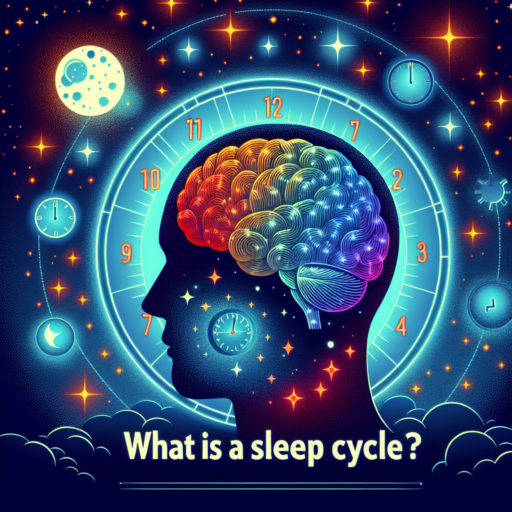No se han encontrado productos.
What percentage of sleep should be deep or light?
Understanding the percentage of sleep that should be deep or light can significantly enhance the quality of your rest. Sleep is generally categorized into several stages, encompassing light sleep, deep sleep (also known as slow-wave sleep), and REM (rapid eye movement) sleep. Each phase plays a crucial role in our health and well-being, making the balance between deep and light sleep essential for overall recovery and function.
Light sleep acts as the entry point to deeper sleep stages and accounts for 50-60% of our nightly sleep. It’s vital for memory consolidation, cognitive function, and preparing the body for deep sleep. On the other hand, deep sleep, which is more rejuvenating and restorative, should represent 20-25% of a good night’s sleep. This stage is critical for physical recovery, hormone regulation, and immune system strengthening. The remaining percentage of our sleep cycle is devoted to REM sleep and brief awakenings.
While these percentages offer a guideline, the ideal composition of sleep can vary by age, lifestyle, and individual health needs. Certain stages of life or periods of increased stress and physical activity might demand more deep sleep for optimal recovery. Recognizing the signs of insufficient deep or light sleep is key to adjusting habits and improving sleep quality.
What percentage should I be in each sleep stage?
Understanding the percentage allocation for each sleep stage is key to recognizing the quality of your sleep. While these percentages can vary due to individual health, age, and lifestyle factors, there are general guidelines that suggest an ideal balance.
Light Sleep
Light sleep, which marks the transition between wakefulness and deeper sleep stages, should comprise about 50-60% of your total sleep. This stage is crucial for relaxation and preparing the body for deep sleep. Despite being considered less restorative, it plays a significant role in memory consolidation and cognitive function.
Deep Sleep
Deep sleep, essential for physical recovery, immune function, and growth hormone release, should account for 20-25% of your nightly rest. Achieving enough deep sleep is often linked with waking up feeling refreshed and is vital for physical health and repair.
REM Sleep
Finally, REM (Rapid Eye Movement) sleep, known for its importance in emotional regulation and memory processing, should represent around 20-25% of your sleep. Occurring in cycles throughout the night, REM stages lengthen with each cycle, with the longest periods occurring in the second half of the night.
Is light sleep as good as deep sleep?
When it comes to understanding our sleep cycles, it’s essential to differentiate between light sleep and deep sleep. Each stage has distinct characteristics and plays a crucial role in our overall health and well-being. While light sleep might seem less restorative than deep sleep, it serves its unique functions that cannot be overlooked.
Light sleep, technically referred to as the first and second stages of the non-REM sleep cycle, comprises a significant portion of our nightly rest. During this phase, our body begins to relax, our heart rate and breathing slow down, and we become less responsive to the environment, making it easier to wake us. But is this preparatory stage as beneficial as the subsequent, more profound stages of sleep?
In contrast, deep sleep occurs during the third stage of the non-REM cycle and is characterized by the lowest rates of heart rate and breathing. It’s during this time that the body conducts major repair and recovery processes, including muscle growth, tissue repair, and immune system strengthening. The undeniable benefits of deep sleep might suggest it’s superior to light sleep; however, dismissing light sleep’s importance would be a mistake.
Is 50% light sleep good?
Certainly, when we consider the structure of our sleep cycles, understanding the role and proportion of light sleep becomes crucial. Light sleep, or the first and second stages of the non-REM (Rapid Eye Movement) sleep cycle, serves as a foundational element of our night’s rest.
During this phase, our body begins the process of slowing down, with decreases in both our heart rate and body temperature. This stage can be thought of as the gateway to deeper, more restorative stages of sleep. While it may seem superficial in comparison to deep or REM sleep, light sleep plays a vital role in memory consolidation, cognitive function, and overall sleep quality.
The question then arises: Is 50% light sleep good? To assess this, consider that a typical sleep cycle consists of about 50-60% light sleep for the average adult. Given this range, maintaining 50% of your sleep in the light phase falls within normal parameters. It indicates a balanced sleep cycle where the body is not only resting but actively engaged in light restorative processes. However, the optimal distribution of sleep stages can vary based on individual needs, age, and lifestyle factors.
Experts suggest that while having about 50% of light sleep is generally seen as beneficial, it’s equally important to ensure that the remaining 50% is a healthy mix of deep and REM sleep. This balance is critical for feeling well-rested and for the overall recovery of the mind and body.




